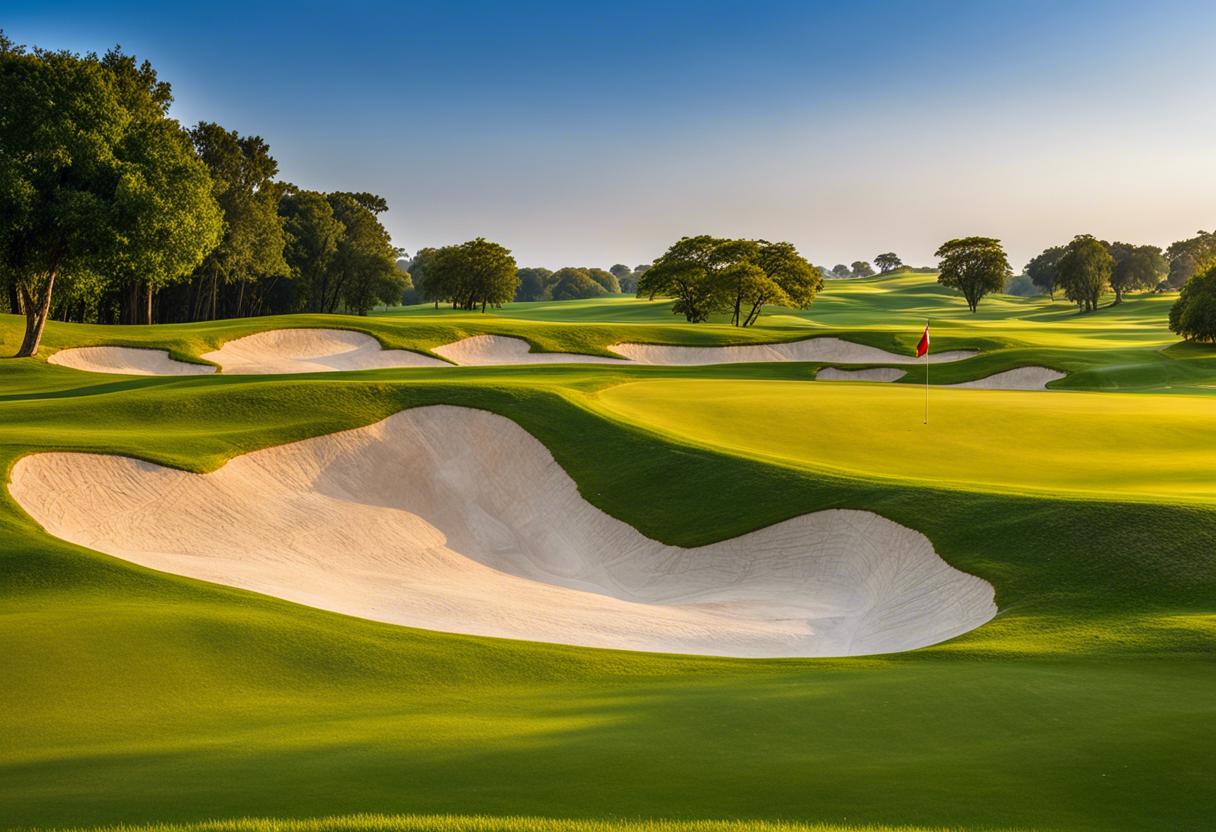The transformation of Bryson DeChambeau gathered more momentum at the 124th US Open as he deftly transitioned from The Scientist to The Showman, producing an admirably executed third round. Despite experiencing a few blunders towards the end, his 67 resulted in a total of 203 across 54-holes, leading the pack by three strokes, over competitors Rory McIlroy, Patrick Cantlay, and Matthieu Pavon.
Even with a mid-round glitch when he needed medical attention on-course for a hip injury, and a late hiccup of a double-bogey on the 16th hole, DeChambeau managed to stay one step ahead of his competition.
Regardless of their maintained efforts, other contestants such as McIlroy still held on, imbuing the final round with anticipation. The day brought sweltering heat interspersed with slightly cooler periods towards the end, presenting a challenging course that everyone had to grapple with.
Despite the relentless conditions, DeChambeau remained undeterred while McIlroy, in his pursuit to conclude a 10-year dry spell since his 2014 US PGA victory, found the determination to stay in the running, irrespective of late stumbles.
McIlroy’s final card of 69 leaving him on four-under-par 206 rooted him three strokes behind DeChambeau. Interestingly, he ended up being paired with Patrick Cantlay, his adversary from Ryder Cup, for the final day’s second-last match.
The optimism was palpable in McIlroy’s outlook as he relished the challenge that Pinehurst offered, stating the concentration required and the mix of competitors create the ideal setting for a US Open. Reminded of the previous year’s tournament at Los Angeles Country Club, where he finished in second place to Wyndham Clark, McIlroy was hopeful about his prospects despite missteps, specially the imperfect iron approach plays which landed him into green-side bunkers six times.
Despite the challenges, McIlroy maintains a positive outlook as he anticipates another chance to participate in a Major’s final day. McIlroy mentions his increasing ability to respond to the golf course’s demands, pointing out that certain holes require an aggressive approach whereas others necessitate caution. He notes that the tournament’s style, which places mental resilience at a premium, is an aspect of the game he’s been adjusting to over recent years. This attitude, he believes, contributes to his improved performance at the US Open during the past five years.
As the course proved punishing, particularly for Sweden’s Ludvig Åberg who notably tallied a triple bogey seven on the 13th, DeChambeau consistently found means to outmanoeuvre the challenges. The notable exception was DeChambeau’s double bogey on the 16th, immediately after he had gained a four-stroke lead. However, he quickly bounced back with a birdie on the 17th.
Soaking up the praise from the spectators, DeChambeau has hit his stride at this Major tournament. Following close calls in Augusta and Valhalla, it’s now up to him to seize the title at Pinehurst, though McIlroy and other competitors are poised to give him a run for his money. Even with a three-shot lead on a difficult course, there are no assurances in this challenging game.

